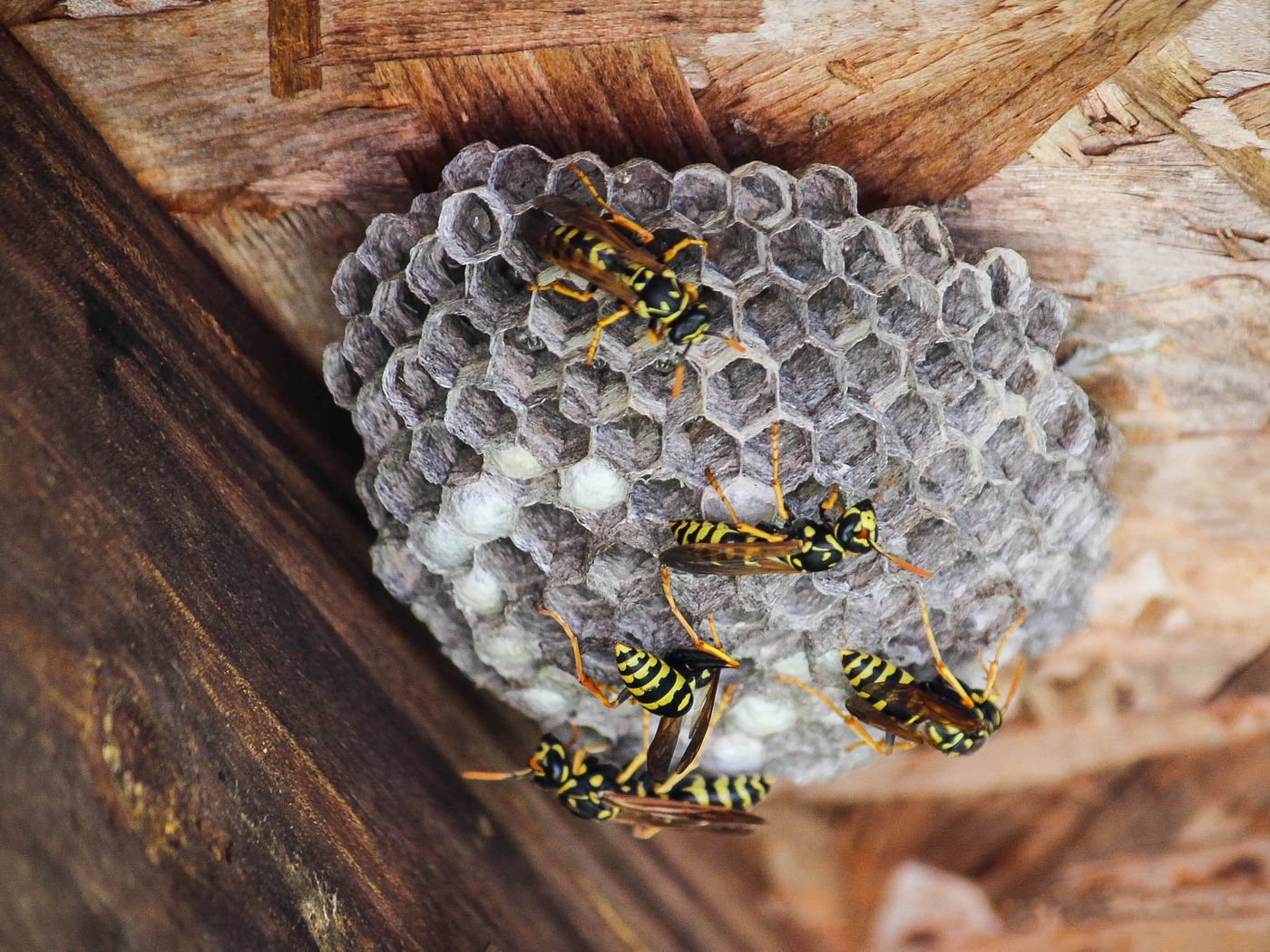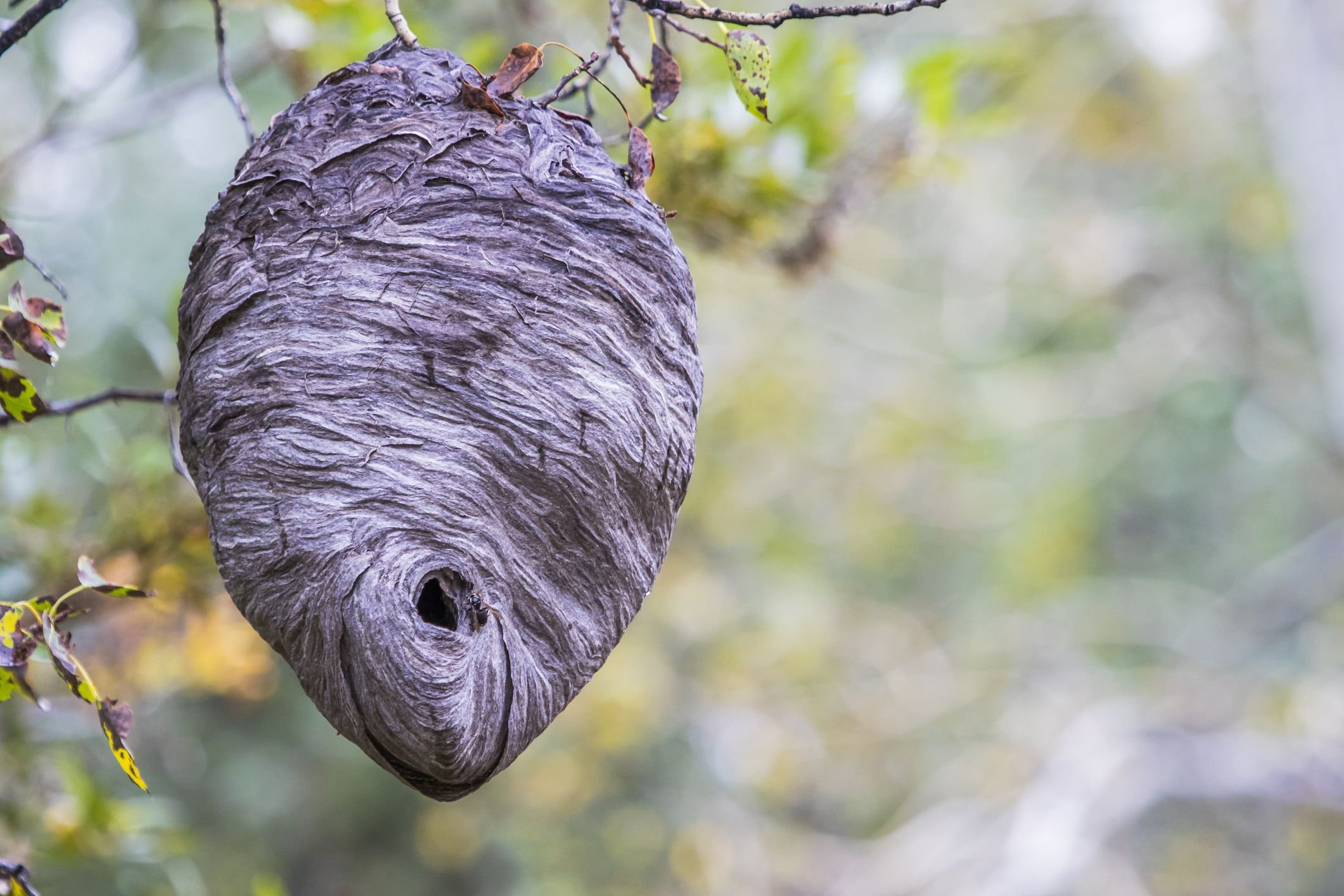Straight from the Hive

Straight from the Hive

A nice swarm we picked up in 2019.
A swarm of bees happens when the hive is getting overloaded with bees. The queen has no more room to lay her eggs because there is just no space left either because the beekeeper hasn’t done their job properly, their home is just too small (such as in a tree) or they just are a colony that has a tendency to swarm. Some just do it each summer.
First off, stay calm. This is no need to panic. Swarming bees are not typically aggressive. They won’t bother you if you keep your distance. Don’t swat at them. Don’t let your kids or animals poke or play around them. Just let them do their thing. They are going to pick an area to hang out for a bit. Sometimes overnight, sometimes just for minutes or hours. Do not spray with pesticides, or the garden hose.
The honeybee swarm has picked a spot to hang out for a while, but you want them gone. Call us at 802-233-6864, message via Facebook and if timing works out we can come and remove them for you. We will need address, phone number, exact location and how high off the ground they may be. Swarms that are higher up than 8’ may not be something we can remove. Hives in buildings will require a consultation to see if it is possible for us to work with you on it. We are not responsible or able to do repairs from removals. We will cause as little damage as possible when removing from structures.
FREE INSPECTIONS! We will inspect the bees to assure they are honey bees. We also occasionally remove yellowjackets or wasps if they are easily accessible. Removals are currently done by donation. Our time is valuable and limited but we like to help out. Just pay what you can afford and what it is worth to you.
We only conduct removals of wasps/hornets/yellow jackets using pesticide free, humane and ethical practices.
We are not responsible for repairs from removals.

A nucleus colony (basically a small beehive started in the spring) that is “bearding” around the outside of the hive as they get warm or full of bees.

Wasp Nest

Hornet Nest